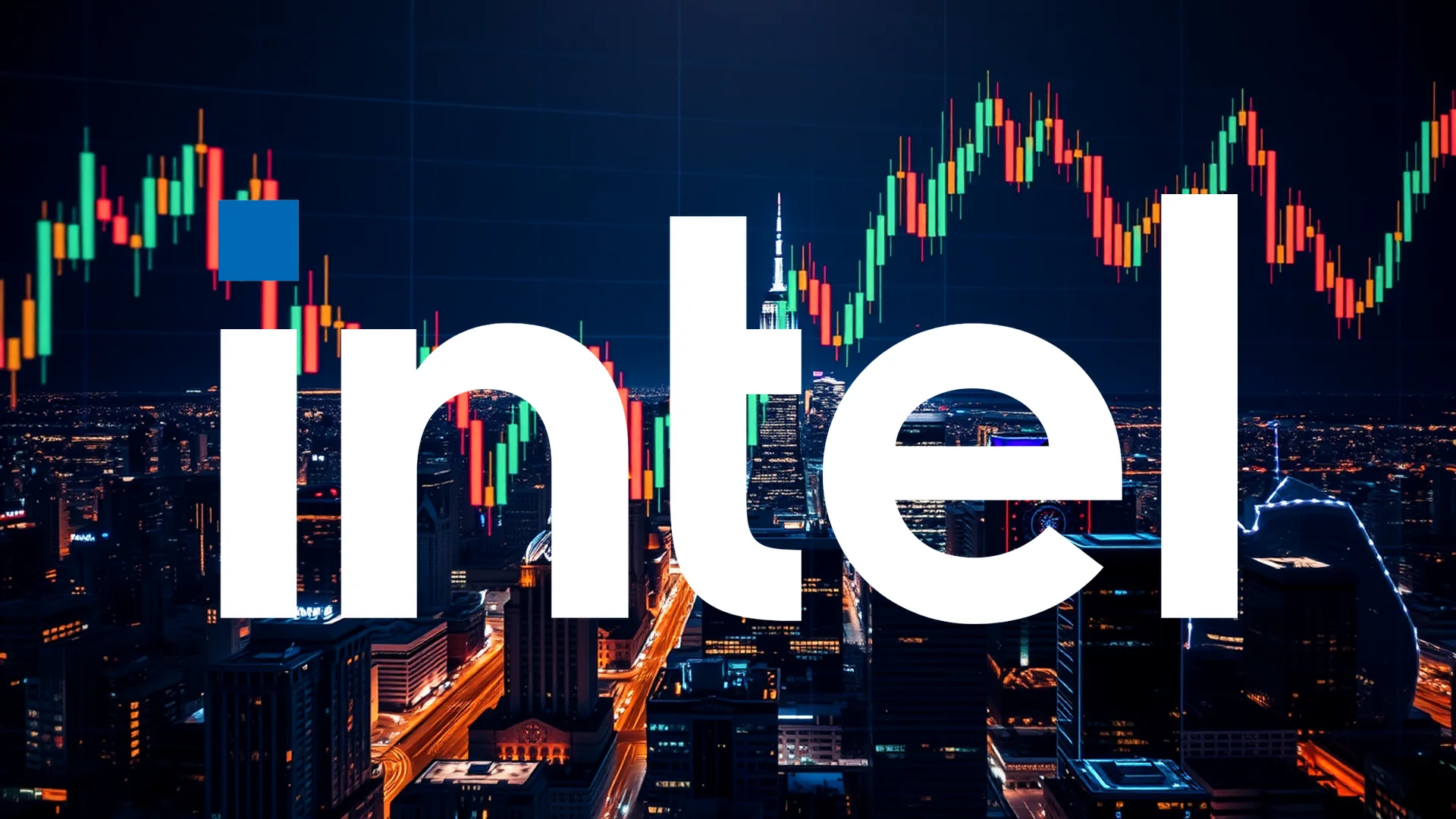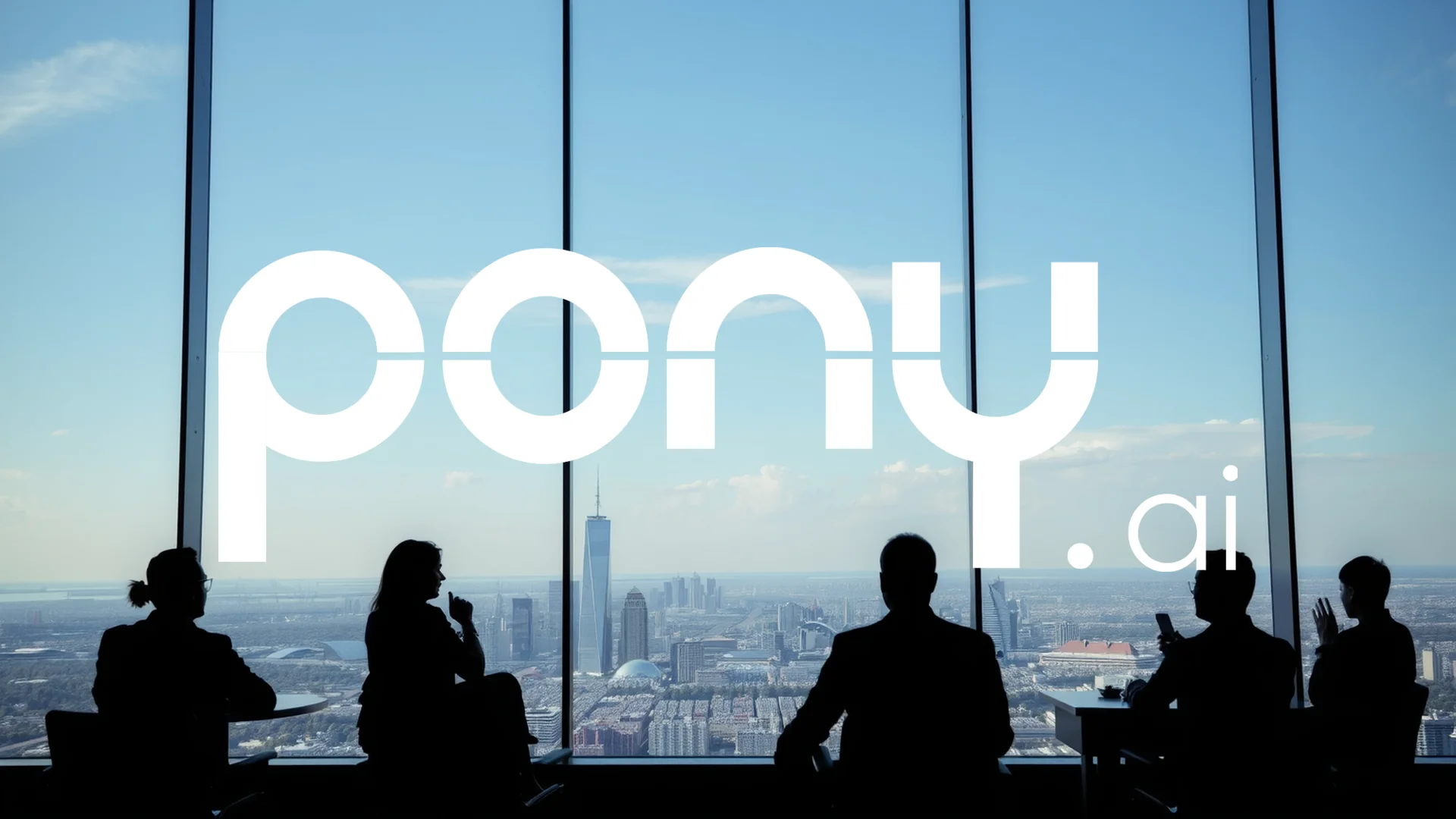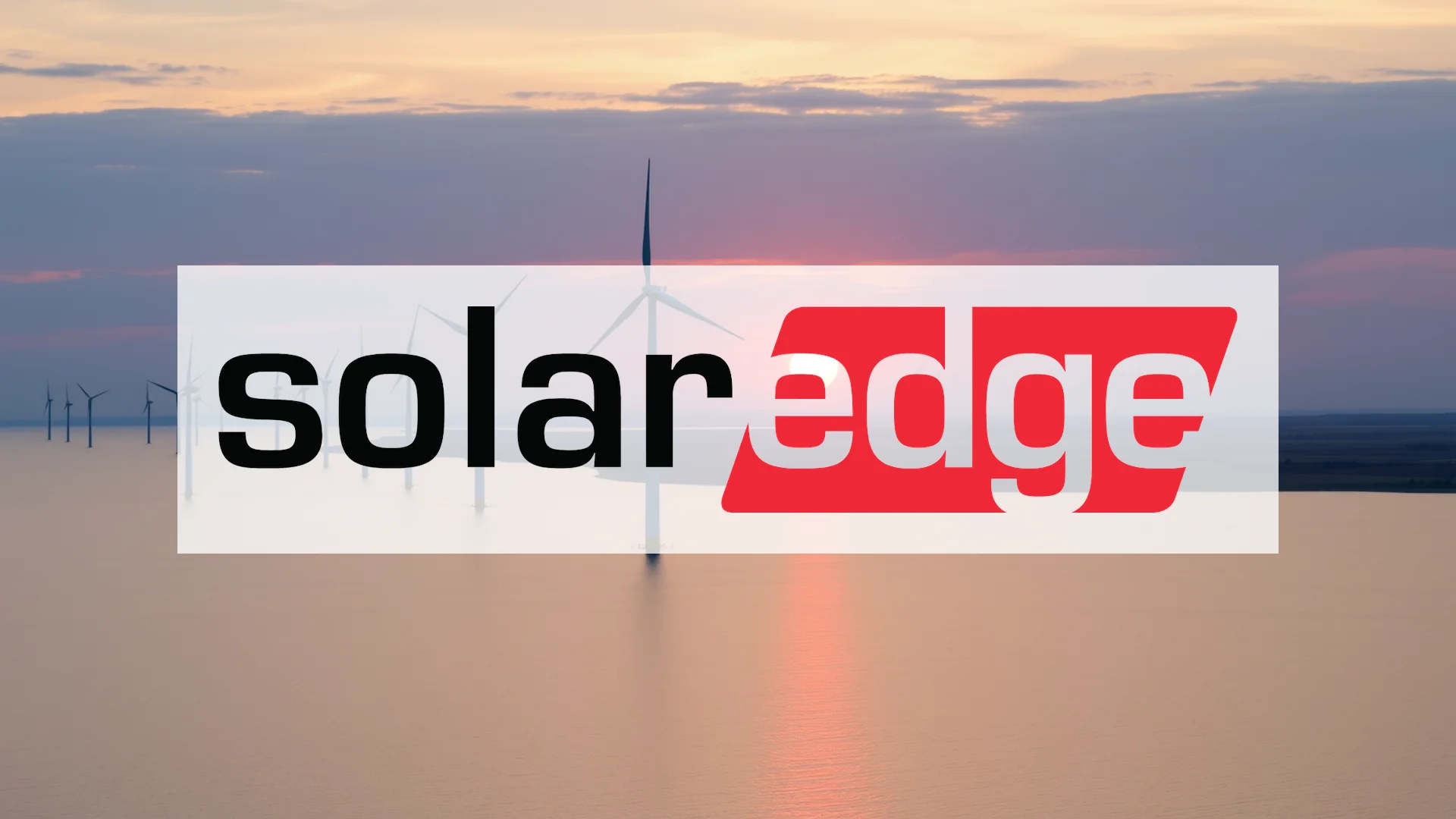A specialized recruitment drive by Apple and Qualcomm has unexpectedly highlighted one of Intel’s most valuable assets. Both tech giants are actively pursuing engineers with expertise in EMIB, an advanced packaging technology developed by the chipmaker. This development positions Intel favorably at a time when many investors had grown skeptical about the company’s future prospects. Could packaging innovation ultimately drive Intel’s recovery?
Shifting Competitive Dynamics
In a surprising strategic pivot, Intel may transition from being a direct competitor to Taiwan Semiconductor Manufacturing Company (TSMC) to serving as a downstream partner. The potential collaboration would involve Intel packaging chips manufactured by TSMC using its proprietary EMIB technology.
This arrangement addresses critical capacity constraints at TSMC while leveraging Intel’s state-of-the-art packaging facilities in New Mexico. The geographical advantage of having advanced packaging capabilities on American soil provides Intel with multiple strategic benefits:
• Domestic packaging capacity for heterogeneous chip designs in the United States
• Technological leadership in 2.5D interconnection solutions
• Enhanced positioning due to geopolitical factors beyond pure cost considerations
• Customization flexibility for specialized chip combinations
Divergent Analyst Perspectives
Market experts display sharply divided opinions on Intel’s trajectory. Truist Securities dramatically increased its price target from $21 to $39, while TD Cowen raised its projection from $35 to $38. Morgan Stanley similarly elevated its target from $23 to $36. These upgrades reflect growing confidence in Intel’s foundry strategy, particularly following the significant partnership with Nvidia.
Should investors sell immediately? Or is it worth buying Intel?
Contrasting this optimistic view, HSBC downgraded Intel to “Reduce,” cautioning against what it termed an “excessive” rally. The bank’s analysts expressed skepticism about whether additional deal announcements could sustainably support the share price. Supporting this cautious stance, Intel shares declined approximately 11% over the past month despite an impressive year-to-date gain exceeding 65%. This performance notably underperformed the S&P 500, which retreated only 3% during the same period.
Substantial Investments Reshape Outlook
Intel’s investor base has undergone fundamental transformation through major strategic investments. In September, Nvidia committed $5 billion for common shares and joint chip development. During August, SoftBank invested $2 billion, establishing itself as one of Intel’s largest shareholders without demanding board representation.
These private investments coincide with $8.5 billion in anticipated CHIPS Act grants, though recent reports suggest potential modifications to this funding structure. The collective message from these developments is unambiguous: both industry leaders and the U.S. government are backing Intel’s strategic repositioning.
Foundry Challenges Persist
Despite these positive developments, Intel continues to face operational headwinds. The company’s Intel Foundry Services segment recorded an operating loss of $2.3 billion in the third quarter. While this represents significant improvement over the $5.8 billion loss in the prior-year period, it slightly exceeded analyst expectations of a $2.2 billion deficit.
A notable strategic shift has occurred in Intel’s marketing approach. The company has scaled back aggressive promotion of its 18A manufacturing process to external clients, instead focusing on internal product requirements. Management now emphasizes the next-generation 14A process as the primary vehicle for attracting major customers. The ultimate validation of Intel’s foundry strategy will depend on its ability to secure substantial external manufacturing contracts.
Ad
Intel Stock: Buy or Sell?! New Intel Analysis from November 24 delivers the answer:
The latest Intel figures speak for themselves: Urgent action needed for Intel investors. Is it worth buying or should you sell? Find out what to do now in the current free analysis from November 24.
Intel: Buy or sell? Read more here...










